History provides us with enough evidence on how racism – a baseless notion of one’s own race being superior to others – can infect a person’s mind and preclude any attempt to understand its victims.
HUSAM AHMED SHAFEEQ
JUNE 24, 2020
I can’t breathe!
He hardly uttered the words, held in ‘knee-on-neck’ restraint, gasping for air. But the voice resonated worldwide as a rallying cry for justice. George Floyd was not the first one to say this, nor is this the first time the world is witnessing such cruelty. Nevertheless, this time it sparked huge outrage in America as well as worldwide. People took to the streets demanding justice for black people, creating havoc and causing civil unrest.
To make matters worse, the uproar from the incident was further fuelled when another man, Rayshard Brooks was fatally shot by an Atlanta police officer, hardly three weeks after Floyd’s murder. Such repeated instances of atrocities committed against black people indicate this harsh truth – the more your body produces melanin, the more hellish your life becomes.

The long and painful history of America’s black oppression is well-known, though the issue of racism is not limited to any particular region. Nor are such discriminations solely based on the colour of skin. Rather, the history of mankind is replete with episodes of cruelty and violence.
Race is a social reality. It is an identity assigned to humans based on physical and social qualities shared by a group of people. Racism on the other hand is an evil concept. It can be defined, in simple words, as a theory based on racial supremacy – the notion that one’s own race is superior to others – which is then imposed upon society with the help of power. For racists, innate and inherent biological characteristics serve as a ground for categorizing people according to their races and placing them at superior and inferior positions in a social hierarchy.
This idea, as obnoxious as it may seem from today’s standpoint, was not considered despicable until the recent past. The notion of supremacy was so institutionalized and the concept of servitude was so instilled into the minds of the suppressed races that they deemed it innate to remain subservient to their ‘masters’. The perfect blending of these two ideas of superiority and inferiority – one taken for granted and the other carefully inculcated – has caused enough spilling of blood in human history. It would suffice to take a quick look at our past to perceive how poisonous such thoughts are and how dangerous their consequences can be.
The ideology of white supremacy viewed black people as mere chattels. This venomous notion resulted in the mass enslavement of thousands of native Africans and African Americans, who were subsequently bought, sold, given away or exploited in the most inhuman ways. Even outside the institution of slavery, or after the abolition took place, the black people continued to face fierce discrimination. Thousands of Negroes were lynched or killed mercilessly by white supremacists just because they were black. As their very existence was considered ‘sinful’, they were left with only two options – either get punished lifelong or lay down life as an act of atonement.
As mentioned earlier, discriminations were not always colour-based. The Nazi ideologies and policies fuelled by racism viewed the world as being divided into superior and inferior races. In Hitler’s racial hierarchy, the Aryans – the word he used to describe the ‘pure German race’ – were positioned at the top while Jews occupied the bottom level. Hitler was so obsessed with the idea of preserving the ‘racial purity’ of Germans that he executed millions of Jews and hundreds of thousands of Romani people who, in his view, were ‘impure’ and a threat to the ‘pure German blood’.
The geographical stretch of racism was not confined to the west. Instead, it was to be found in all parts of the world. Even in India, a country long known for its ethnic pluralism and cultural diversity, there are traces of traditions and cultures which promoted divisiveness and discrimination of such kind. It is worth mentioning here that although the caste system in India is generally thought to be based on the teachings of Hinduism, it would be a grave injustice to ascribe such evils to a religion that gifted the world with golden principles like Lokah Samastha Sukhino Bhavanthu (may all the beings in all the worlds become happy) and Vasudhaiva Kutumbakam (the world is one family). The only possible conclusion one can draw is that such concepts, which stand against the basic teachings of Hinduism, were later interpolations that gradually crept into it and earned its name.
The Indian caste system was prevalent in the stringent form in Kerala. The segregation between the upper and lower castes was, in some aspects, more rigid than the racial segregation in the west. It was believed that a person of lower caste could ‘pollute’ an upper caste person not only by mere touch but also by coming within certain feet from him. In extreme cases, the ‘pollution’ was transmitted even by ‘breathing the same air’ or simply seeing a lower caste person. The discrimination was so ugly that the lower caste people were even denied the most basic of human rights. For instance, the low caste women did not have the right to cover their bosoms unless they pay a specific tax for it. Similarly, low caste men had to pay a certain tax called tala-karam on their heads. It is quite ironic that Kerala, presently the most literate state in India, was once a region described as ‘lunatic asylum’ by Swami Vivekananda for its discriminatory and inhuman laws.
In short, history provides us with enough evidence on how racism can infect a person’s mind and preclude any effort to understand the plight of its victims. By the 19th century, the plague of racism had spread all over the world. However, with the passage of time and as a result of various social reform movements, constitutional and legal measures were taken by governments, and declarations were made both at national as well as global levels to ensure the protection of the oppressed people.
However, as laws are incapable of reforming minds, these amendments and changes could in no way alter the beliefs and views of the people of the assumed higher status. An element that could influence the minds of these people at an ethical level was evidently missing. For this reason, they always found a way to continue with their discriminatory attitudes within the framework of new laws, and hence, the world never stopped witnessing such cruelties despite all efforts taken to put an end to them.
Here let us pause and marvel at the spiritual revolution brought about by Islam in a people who were utterly backward and extremely uncivilized. The idols of ego and supremacy they had long preserved in their hearts were instantly broken. The age-old traditions of discrimination and divisiveness they had held dear were eradicated. At a time when hierarchal discriminations were rampant, Islam courageously established social equality and provided the world with such golden principles which are still a guiding light for the cultural and moral progress of man. When racial differences were considered a basis for dividing people into superior and inferior categories, Islam reminded people of the genesis of races and proclaimed:
“And mankind were but one community, then they differed among themselves.”[1]
It is worthy of special mention here that the Holy Quran made this proclamation fourteen centuries before UNESCO declared its historic statement on the nature of race in 1951, in which the divergence of different human groups from one common stock was presented as one of the greatest evidence against racism. It says:
“Scientists are generally agreed that all men living today belong to a single species, Homo sapiens, and are derived from a common stock.”[2]
It is evident how the worldly institutions, in their quest to create a peaceful world, are left with no option but to follow the way paved by Islam centuries ago. The UNESCO statement goes on to state that the concept of race is unanimously regarded by anthropologists as a classificatory device and nothing more. This again is a fact the Holy Quran has long held to and based its unifying principles upon:
“O mankind, We have created you from a male and a female; and We have made you into tribes and sub-tribes that you may recognize one another. Verily, the most honourable among you, in the sight of Allah, is he who is the most righteous among you.”[3]
In his historic sermon during the farewell pilgrimage, the Holy Prophetsa of Islam made this emphatic declaration which shattered the basis of racism. He stated:
“An Arab is not superior to a non-Arab, nor is a non-Arab superior to an Arab. Similarly, a white person is not superior to a black person, nor is a black person superior to a white person.”[4]
This was not a plea of a helpless philosopher whose words went ignored. This was the voice of a victorious leader whose each and every command was meticulously obeyed. The spiritual revolution brought about by the Holy Prophetsa remains an unparalleled episode of success throughout human history.
END NOTES
[1] Holy Quran 10: 20
[2] The Race Concepts: Results of an Inquiry published by UNESCO p. 11
[3] Holy Quran 49: 14
[4] Musnad Ahmad Bin Hanbal, Baqi Musnad al Ansar

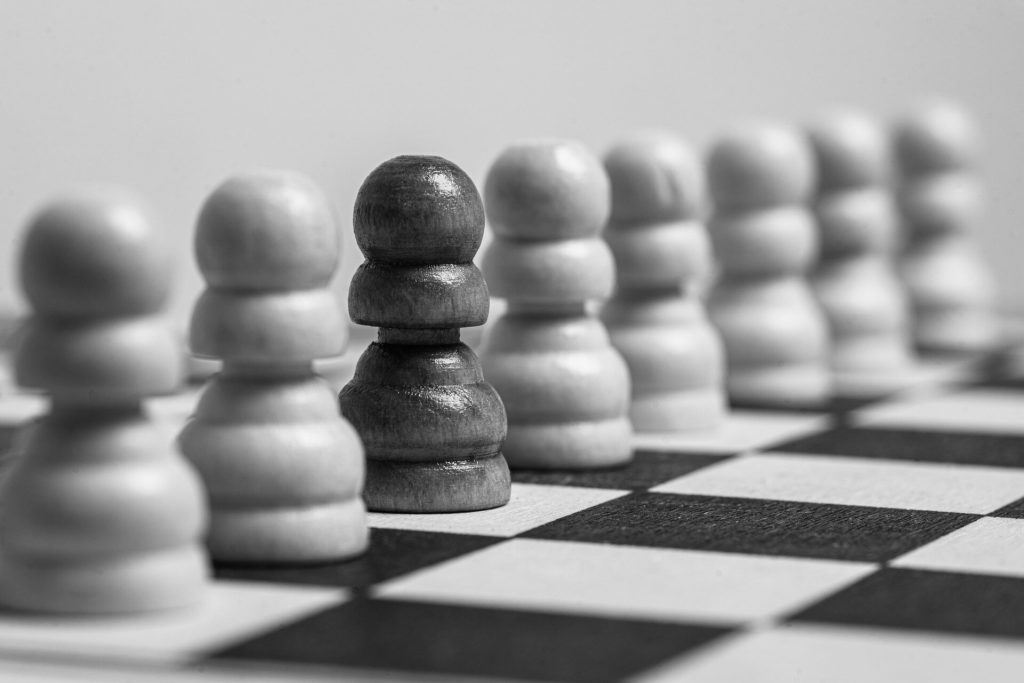
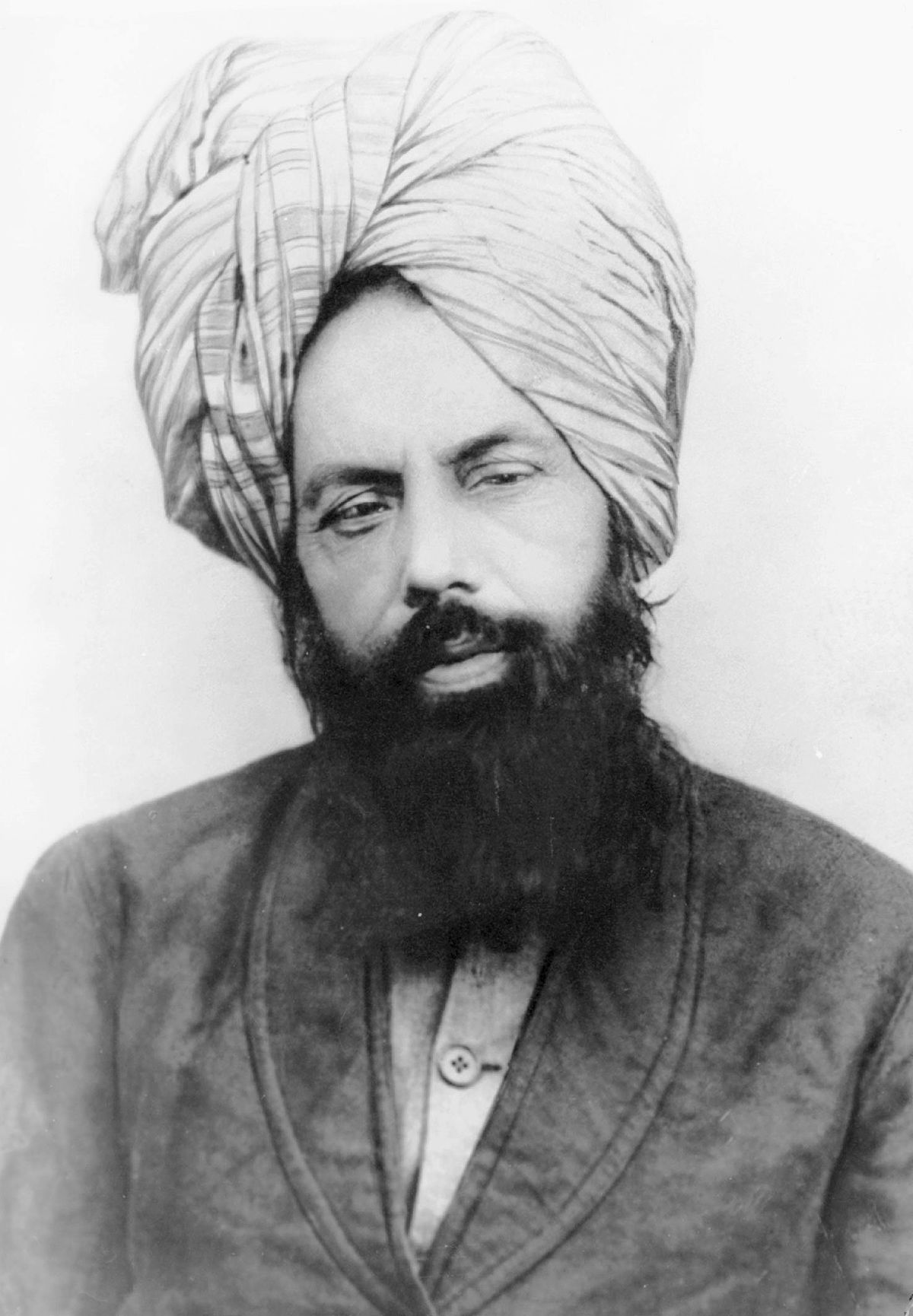
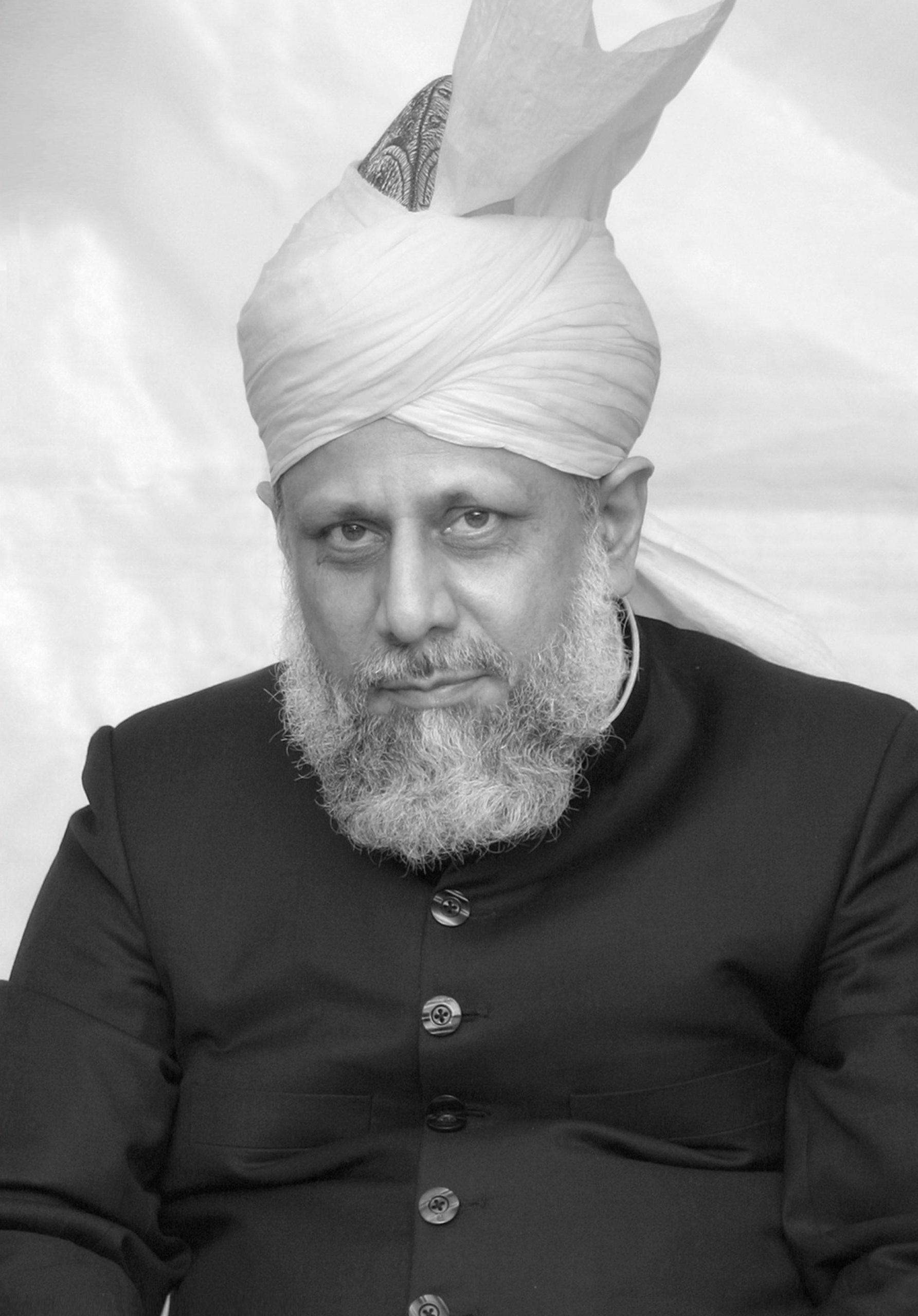



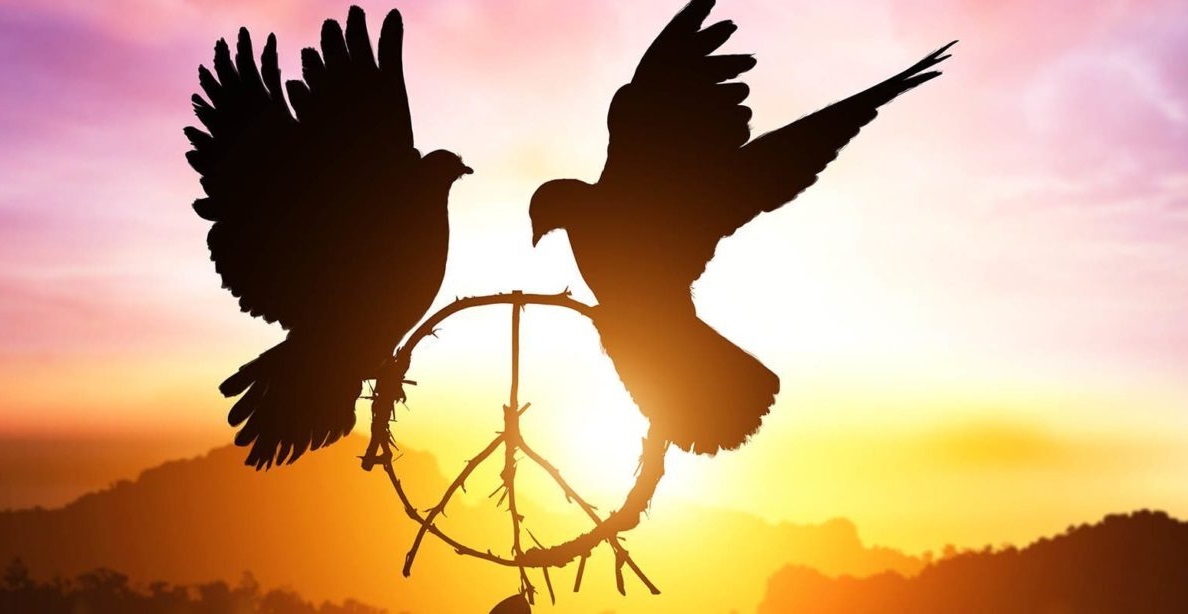


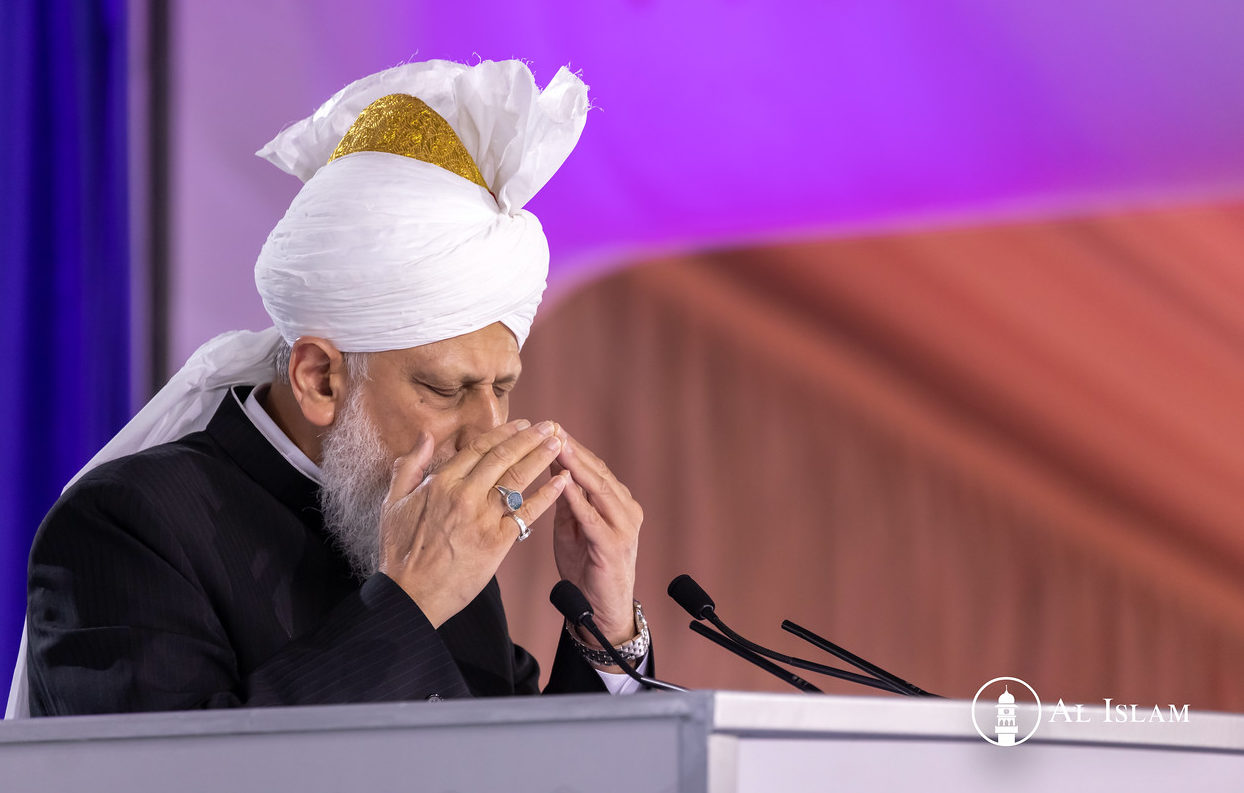
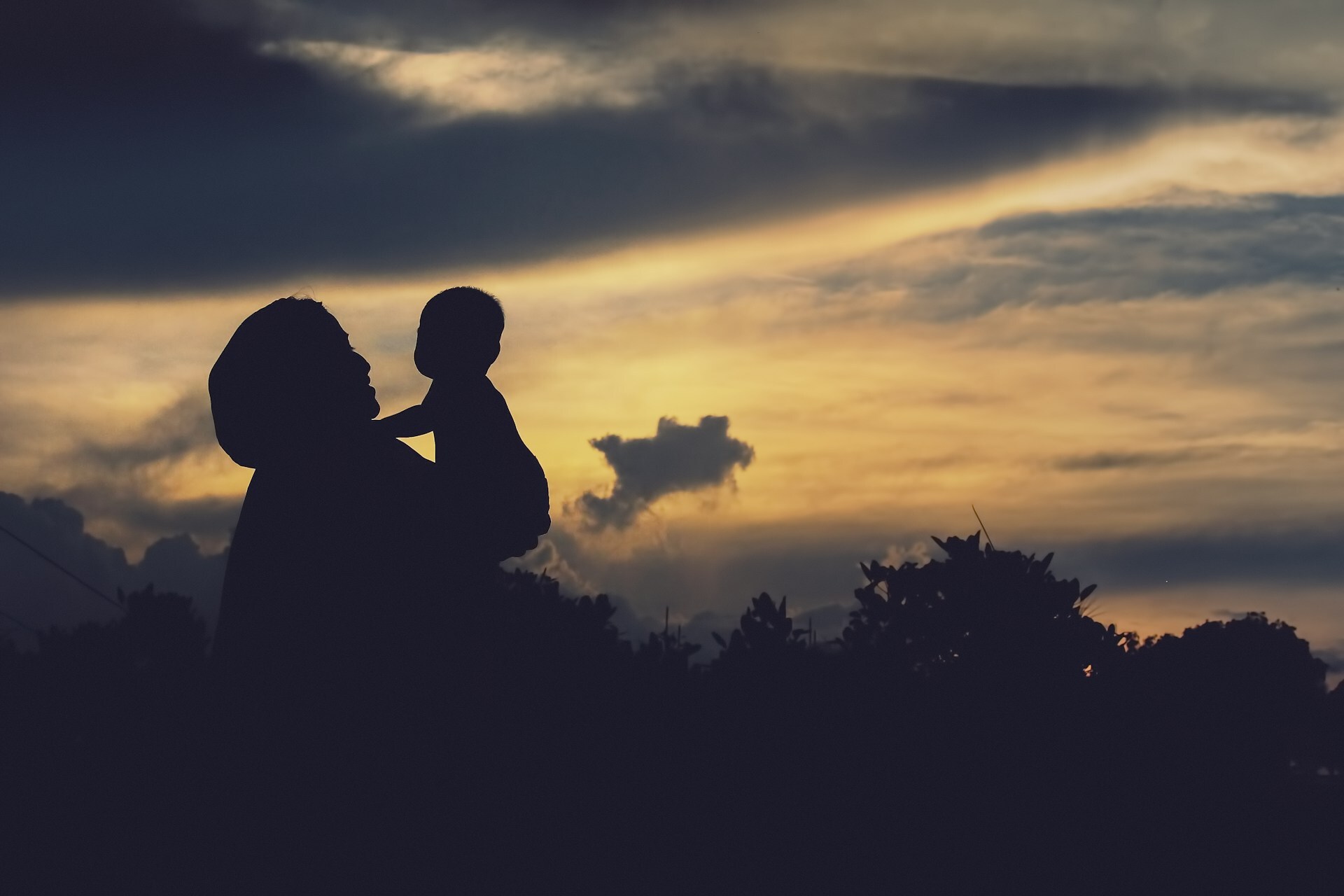
0 Comments